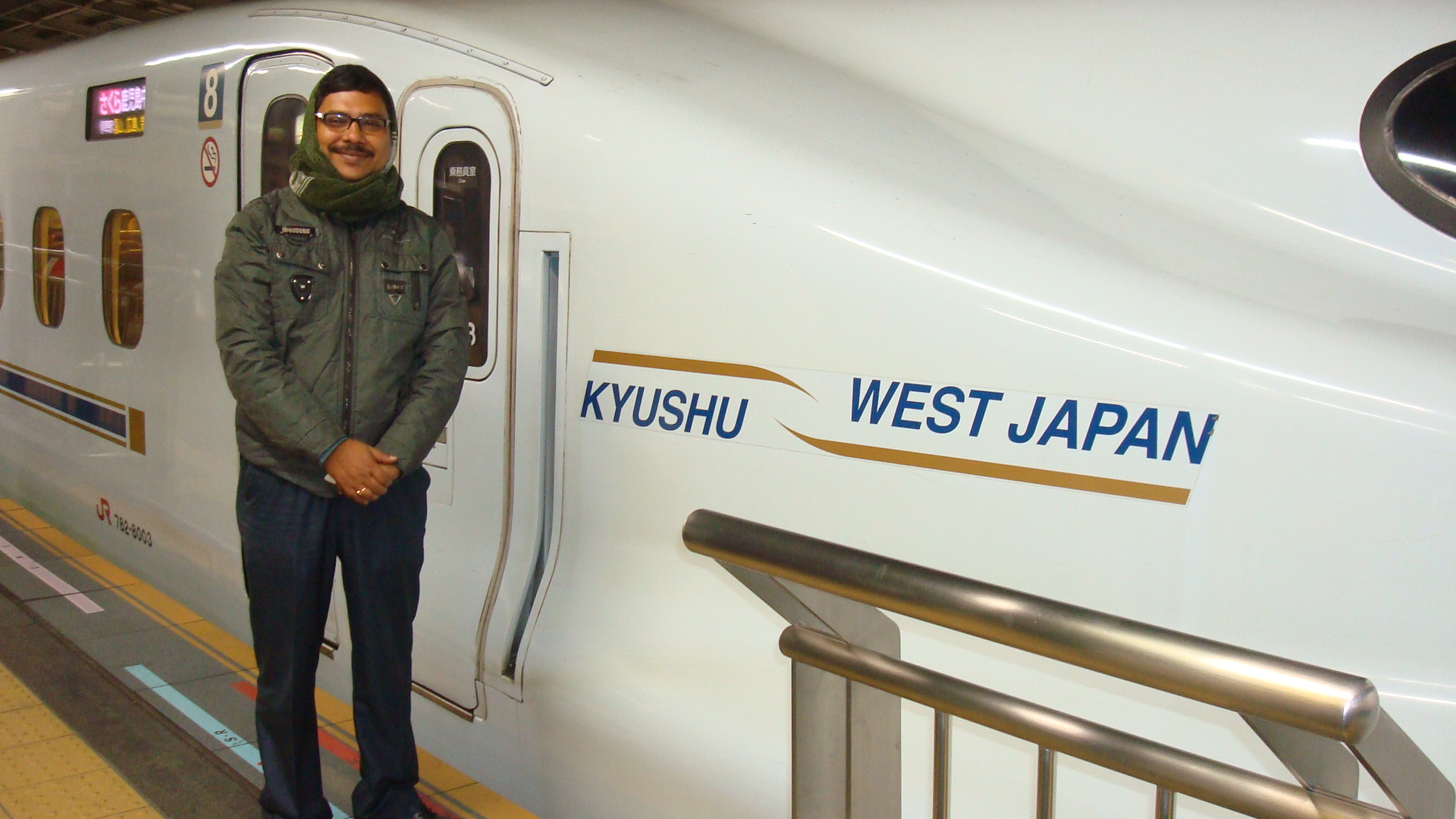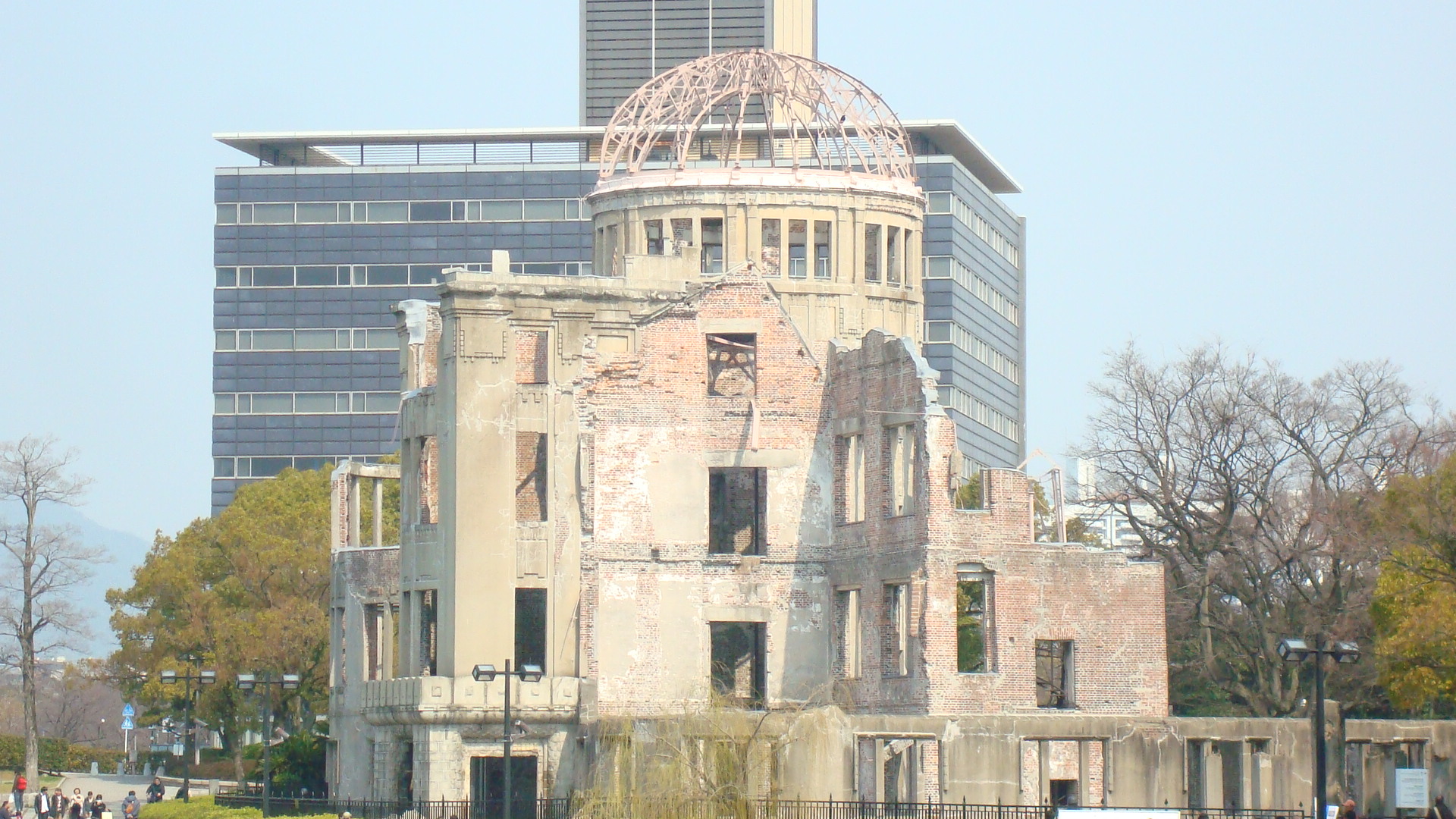Who will speak for them? Raising Voice for Indian Tribes in COVID-19 Response
Published:
The Indian Government needs a balanced strategy (simultaneous action of ensuring food as well as building health and hygiene awareness) for Indian Tribes in combating COVID-19 crisis through community empowerment
During the last week of January, 2020, we, the faculties of the Department of Anthropology of an undergraduate degree college, based in Kolkata were planning to conduct a syllabus-oriented fieldwork of our students among the Rabha tribe living in the forested fringe areas of a tribal dominated district (Alipurduar) in West Bengal, a state of India. During the same time, the first COVID-19 case was reported in Kerala, another Indian state located more than 2000 km away from Kolkata, and we ignored it. At the same time, we heard about the novel Corona virus infection in China with an epicenter in Wuhan was increasing, particularly through electronic means, and we took it lightly. Meanwhile once I thought about the Ebola Virus Disease (EVD) outbreak during 2014-16 in Guinea, Liberia, and Sierra Leone, countries located in Western Africa but again I overlooked it by thinking that EVD had not been touched our life and we were continuing our planning for fieldwork. However, after viewing the increasing trends of COVID-19 cases in India and in keeping with the obvious fear from the guardians and Institutional authority, we postponed our fieldwork just before the announcement of lockdown. We thought that we have taken the right decision at least for our mental satisfaction by compromising the mental preparation of our beloved students for their 1st fieldwork experiences. Now the question arises that why have we postponed our fieldwork just before lockdown? Why not earlier? Maybe, when we forgot to compare between EVD and COVID-19, West Africa vs China, Guinea vs Wuhan, Least Developed vs Developed Country, and number of international travelers in Guinea vs Wuhan at the time of Chinese New Year Celebration. We restricted ourselves believing that “We will have to wait and see what happens” like many others. But now I think that “wait and see” might have pushed us in a more vulnerable position for COVID-19 control like our repeated ignorance of Pandemic responses during the initial months of spreading the disease. Maybe we were little bit of late in the response! After the lockdown on 25th March 2020 in India, I was wondering like many others about the facts that what was the initial response of Indian tribes for COVID-19 Pandemic control and was also trying to find out the answer as what was the response from national and state governments to empower the marginalized tribal groups in this battle by forming a separate expert committee.
Suddenly, I felt extremely frightened when I went through the report published in The New Indian Express on 2nd May, 2020 by Ritwika Mitra, who quoted Sri Deepak Khandekar, secretary, Ministry of Tribal Affairs as “The total number of tribal people who have been diagnosed with COVID-19 were 25 across the country.”“ The number is small. In case, the situation worsens that COVID enters in tribal area, we are in readiness (of forming a response team). We have a plan that if the situation arises, then that would be our action at that point of time,” said Khandekar [1]. Is it the statement of “preparedness” or “community empowerment” of the Indian tribal communities for COVID-19 control? I am really confused in spite of knowing the fact that there (among the scheduled tribes) are nearly 104 million people with more than 700 culturally diverse communities living in different ecological settings across India. We always emphasized that they are extremely vulnerable with their pre-existing poverty, undernutrition and lack of formal healthcare facilities. Is the Ministry of Tribal Affairs also relying on the strategy as “Wait and See” like us? When I was memorizing this report, after two days, on 4th May, 2020, another report came in The New Indian Express again by Ritwika Mitra, arguing that “With tribal migrants reportedly having problems accessing the PDS, rations should be made available at the doorsteps and PDS should be universalized, it said. Tribal migrant workers stranded away from their hometowns without any ration, cash and community support were vulnerable to acute mental stress too, the report said.”[2]. Which report? I think that report, which has been submitted in Ministry of Tribal Affairs on 4th May, 2020 by the researchers. Who are they here? Hope they are the experts, who have deep connection with the minds and lives of tribal people in India! Is there any social scientist or more specifically an Anthropologist in that group? Hopeless! I am not in a position to get that information. However, on 6th May 2020, another news came in MONGABAY reported by Hridayesh Joshi which stated that “The nationwide lockdown has affected the economy of India’s tribal population, which depends highly on the sale of minor forest products. However, state governments are hoping things will become normal soon as the lockdown norms get relaxed in the coming days. Chhattisgarh’s Chief Minister Bhupesh Baghel even praised the tribal population in his state for maintaining social distancing properly. Experts and organisations working with tribal communities demand removal or reduction of tax on tendu leaves to ease the impact of lockdown on tribal communities this year” [3]. Hope the Chief Minister’s words will be followed even after lockdown. Again I enquired what position did the Tribal Ministry of India take here. Then I noted that Hon’ble Minister of the Ministry of Tribal Affairs, India Shri Arjun Munda wrote a letter to 15 state chief ministers on 6th April 2020 after 12 days of 1st Lockdown in India and traced upon the Pradhan Mantri Van Dhan Yojana (PMVDY, a government body responsible for courting market linkages for Minor Forest Products and launched on 14th April 2018) for ensuring the livelihood of the tribal to 15 tribal dominated states in spite of knowing the fact that approximately 1,205 Van Dhan Vikas Kendras (VDVKs) in 27 states and a union territory were sanctioned under the PMVDY scheme for undertaking value addition. However their target would be 50,000. To the best of my knowledge with limited sources, this was the action from apex bodies who were looking after the COVID-19 control in the frame of livelihood perspectives for Indian tribes. Simultaneously some of the non-profit organizations were and are still doing their best for controlling COVID-19 among the remote and marginalized tribal people and also targeting their livelihood options after a short notice from Nity Aayog (Previously known as Planning Commission of India) on 5th April, 2020.
It is beyond any doubt regarding the necessity for mitigating livelihood rather than generating mass awareness of appropriate health behaviour in health emergencies among the Indian tribes. But I think balance between mitigating livelihoods and practicing appropriate health beahviour (Preferably used the word “Physical Distancing”, Hand Washing and Cleaning of their house) may be the key challenges for success in future as all of us want to see. The work should be intensive and meticulously done by involving the community members. The activity of generating mass awareness from apex bodies should be channelized up to the ground level by considering the ground reality. A close observation need to be arranged by respecting their sentiments towards their religious beliefs and traditional medicines in relation to COVID-19 control and these should be acknowledged for enhancing their mental strength and minimizing stress. Awareness should be arranged by using native languages. Local advisory council should involve the respective Self Help Groups (SHGs) for more effective mitigation strategies against COVID-19. Finally ensuring food and drinking water for every tribal villager irrespective of possessing ration card specifically for migratory tribal labor, even by involving tribal development officers in tribal dominated blocks throughout the country specially in northeast Indian states needs to be done. That way, when the final statistics will come after the Pandemic over, then we would be visualizing that these marginalized people would be the worst affected segment in the societies.
Anthropologists are currently arguing themselves between the roles of medical, action or applied anthropologists for promoting COVID-19 control but I think humanity is the foremost response from us. If you claim that we are the supreme authority for the Indian tribes, then we should speak for them collectively right now rather than to wait for new normal situation and write to apex bodies regarding the current response of our loved ethnic groups, where we have done our fieldwork, built rapport, gave mental support in many occasions and received degrees by submitting PhD thesis and also received honor by publishing articles in reputed journals. This is a single voice yet we need collective voices to save the livelihoods of Indian tribes in a comprehensive manner. We need to transform our nostalgia into our action. We have to understand how effectively health communication should be made to invade in the minds of these people during this crisis. What is the meaning of “Stay Home” among these groups? How “Physical Distancing” and “Wearing Mask” will be valued within these groups? How do they defend “Fear and Stigma” through their initial ritualistic behaviour? What about their rite of tribal “funeral” if anybody die due to the COVID 19? In fact they have long historical crisis amidst famine and natural calamities; but they may have rarely been exposed to this kind of pandemic situation in their lifetime like the Covid 19 crisis. They need qualified doctor and medical facilities for healing themselves from this disease if they become exposed. But initially they will need social guidance, to heal their minds and also to empower them for this battle by incorporating their own worldviews (Emic views regarding pandemic situation); society needs to give them a structured guidance or at least empathic acceptance. Scientists have already stated that this virus cannot be completely wiped out within a short period of time and therefore only behavioural change of the population might resist and protect the masses from becoming infected; among the tribal, this may only be done culturally. Similarly as a teacher of Anthropology of an undergraduate college, we also need to change our future strategies of fieldwork keeping in mind the fear of unknown things and unpredictable situations.
References: [1] Ritwika Mitra. 2nd May, 2020. Need to form COVID-19 response team for tribal people: Experts. The New Indian Express, Express News Service, https://www.newindianexpress.com/nation/2020/may/02/need-to-form-covid-19-response-team-for-tribal-people-experts-2138214.html (accessed on 2nd May, 2020). [2] Ritwika Mitra. 2nd May, 2020. Poor access to PDS for tribals during lockdown: Experts report. The New Indian Express, Express News Service, https://www.newindianexpress.com/nation/2020/may/04/poor-access-to-pds-for-tribals-during-lockdown-experts-report-2138973.html (accessed on 4th May, 2020). [3] Hridayesh Joshi. 6 May 2020. COVID-19 lockdown dents the economy of India’s forest dwellers. Mongabay Series: Environment And Health, Environomy. https://india.mongabay.com/2020/05/covid-19-lockdown-dents-the-economy-of-indias-forest-dwellers/ (accessed on 7th May, 2020).
Author: Dr Suman Chakrabarty is a Bio-cultural Anthropologist, serving as Assistant Professor and Head, Department of Anthropology, Mrinalini Datta Mahavidyapith, Kolkata, India. He has done extensive fieldwork in rural and remote areas of India among the scheduled tribes for conceptualizing the inner dynamics of culture, nutrition and health. E-mail Id: sumanshabar@gmail.com


